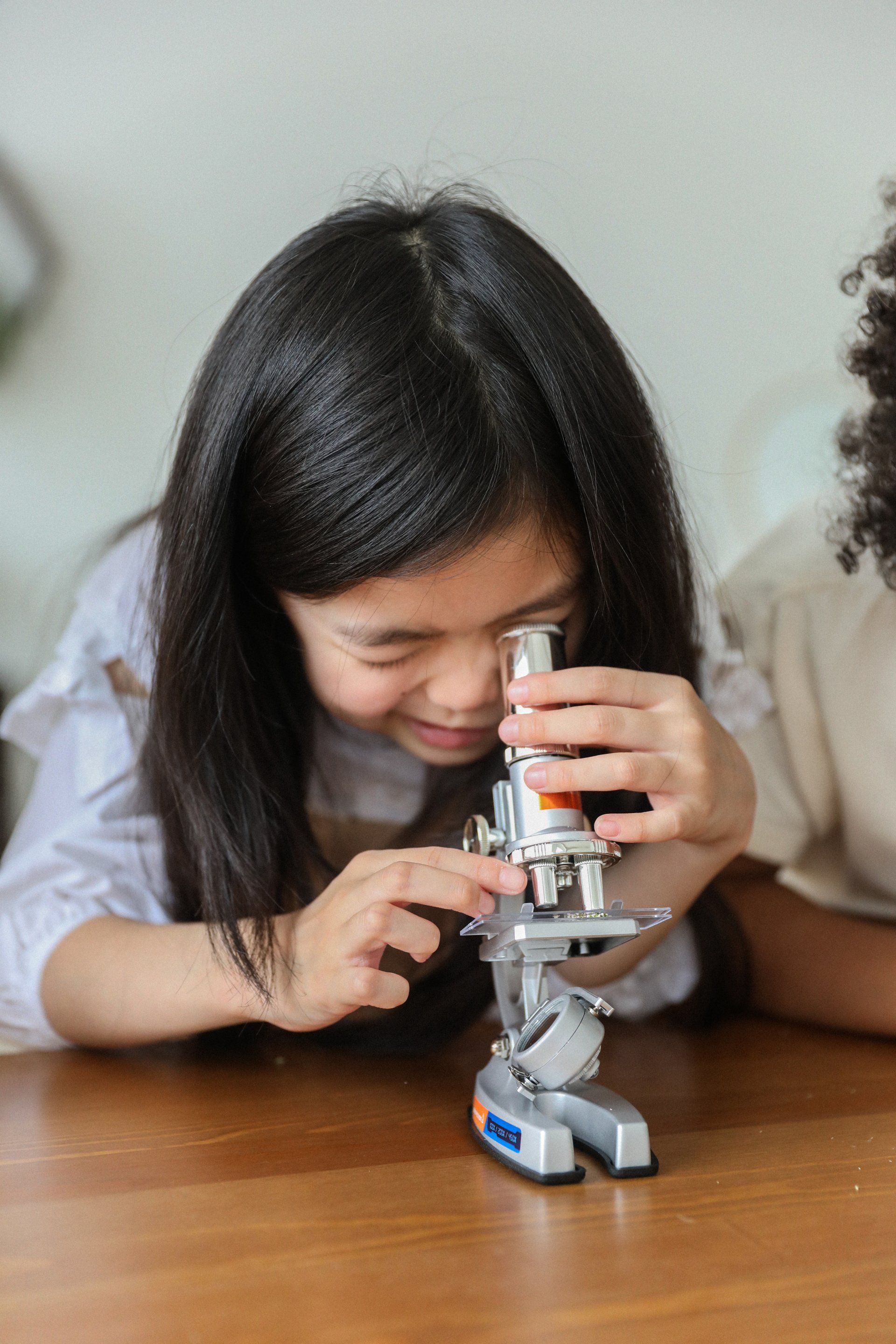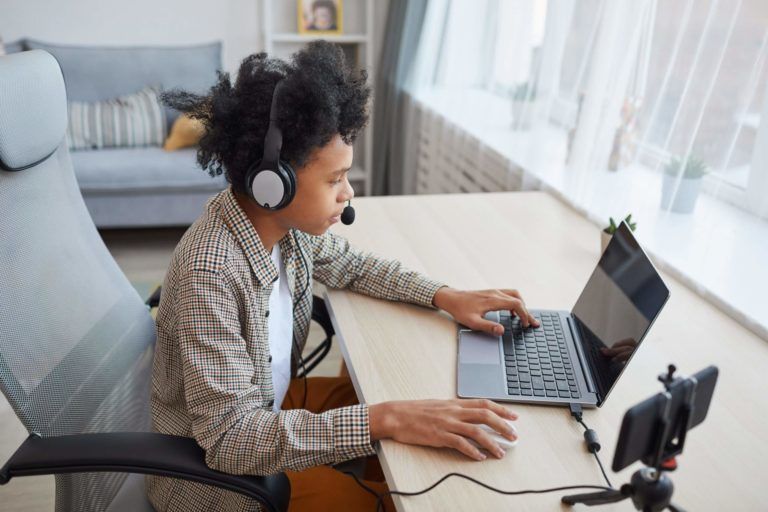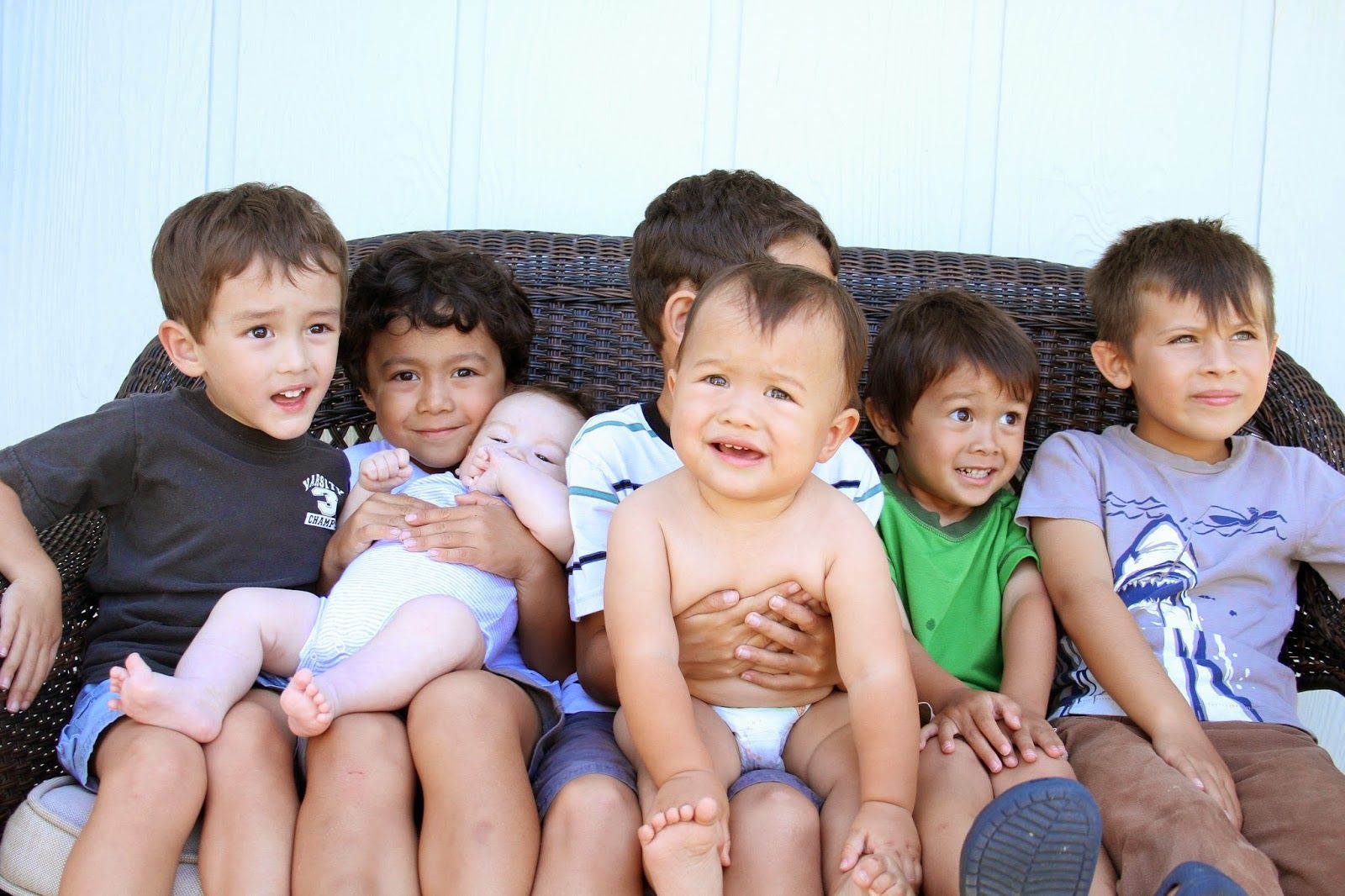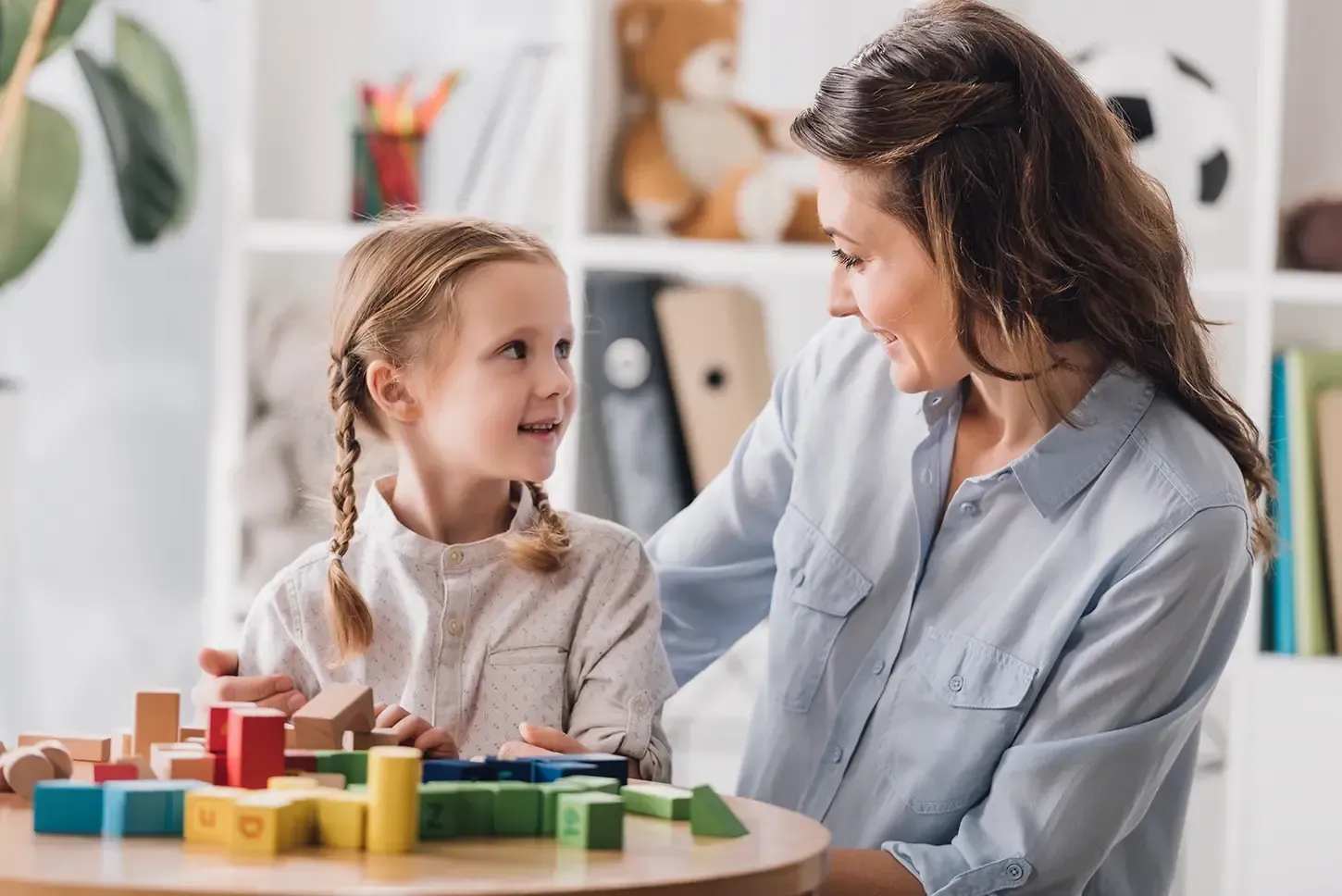Empowering Healing and Resilience: The Essential Role of Mental Health Resources in Supporting Abused Children
The Importance of Mental Health Resources for Abused Children
Childhood is often depicted as a time of innocence, curiosity, and joy. However, for millions of children around the world, it is a period marred by abuse and trauma. According to the World Health Organization, an estimated 1 in 5 children experience some form of abuse. The repercussions of such experiences can resonate throughout a child’s life, affecting their emotional, physical, and social well-being. It is vital, therefore, to ensure that robust mental health resources are available to support these vulnerable young individuals.
Understanding the Impact of Abuse
The effects of abuse—be it physical, emotional, or sexual—can have devastating consequences on a child’s mental health. Children who endure maltreatment often experience a range of emotional and psychological issues, including anxiety, depression, post-traumatic stress disorder (PTSD), and behavioral problems. These young individuals may struggle to establish trust in relationships, face difficulties in academic settings, and develop maladaptive coping mechanisms.
Moreover, research indicates that the impact of childhood abuse can extend into adulthood, leading to chronic mental health problems, substance abuse, and increased risk for various physical health issues. According to the National Institutes of Health, adults who were abused as children are at greater risk for mental health disorders, chronic illness, and even early mortality. Thus, the need for immediate intervention and long-term support cannot be overstated.
The Role of Mental Health Resources
Mental health resources for abused children serve multiple critical functions: healing, education, and prevention.
1.Healing: Access to mental health services can facilitate recovery from trauma. Therapeutic interventions—such as cognitive-behavioral therapy (CBT), play therapy, and trauma-focused therapy—are designed to help children process their experiences, manage their emotions, and develop healthier coping strategies. Providing safe spaces where children can express their feelings and fears is an essential step toward healing. Therapeutic modalities specifically tailored to children can help them make sense of their emotions and establish more secure attachments.
2.Education: Education about mental health is vital not only for the affected children but also for parents, caregivers, and educators. Resources can include workshops, informational literature, and training programs aimed at equipping adults with the tools to recognize signs of abuse and mental health distress. Understanding the long-term effects of trauma can empower adults to provide appropriate support and foster environments conducive to recovery and growth.
3.Prevention: Investing in mental health resources is also a proactive approach to preventing future abuse. Programs that teach children about their rights, self-esteem, and healthy relationships can equip them with the knowledge and confidence to speak up about their experiences. Increasing awareness and education within communities can lead to the early identification of risk factors associated with child abuse, enabling timely intervention.
Barriers to Accessing Mental Health Resources
Despite the critical need for mental health support for abused children, many barriers hinder access to these resources. Stigma surrounding mental health remains a pervasive issue. This stigma can deter families from seeking help or disclosing their situation, especially in cultures that prioritize familial secrecy over transparency about personal struggles.
Additionally, economic factors can play a significant role: families grappling with poverty may find it challenging to afford mental healthcare. This situation is compounded by a shortage of mental health professionals trained specifically to work with children, particularly those who have experienced abuse. Geographic isolation can further exacerbate these issues, leaving many children without adequate care, especially in rural or underserved urban areas.
The Need for Policy and Systemic Change
Addressing the mental health needs of abused children requires systemic change at multiple levels. Policymakers must prioritize funding for mental health services specifically targeted toward children. This includes supporting schools in implementing mental health programs, training staff to identify signs of abuse, and providing readily accessible counseling services.
Moreover, community organizations play a crucial role in bridging the gap between children and mental health resources. Nonprofits and advocacy groups can foster partnerships with schools, clinics, and therapists to create comprehensive support systems for children in need. Community engagement can also help reduce stigma associated with seeking mental health support, creating a more accepting environment for affected children and their families.
The Role of Technology
With the rise of telehealth, technology has become a significant ally in overcoming barriers to mental health access. Online therapy platforms can provide children with immediate support, tailored resources, and therapeutic interventions in a comfortable environment. These platforms can reach underserved populations and bridge gaps caused by geographical constraints.
Additionally, mobile apps designed for mental health support can empower children to manage their mental health on their own terms. By providing tools for mindfulness, emotional regulation, and coping strategies, technology can serve as a supplementary resource in a comprehensive mental health strategy.
Conclusion
The scars of childhood abuse can last a lifetime, but they do not have to define a child’s future. By prioritizing mental health resources for abused children, we create paths to healing and resilience. It is incumbent upon society—parents, educators, healthcare professionals, and policymakers—to recognize the profound importance of mental health support for abused children, to act decisively to dismantle barriers, and to build comprehensive systems that foster healing and empowerment.
The protection of our children is a shared responsibility, and providing adequate mental health resources is a vital component of that mission. In doing so, we not only help to heal individuals but strengthen communities, ensuring that future generations can grow up in environments that nurture their potential and shield them from harm.










